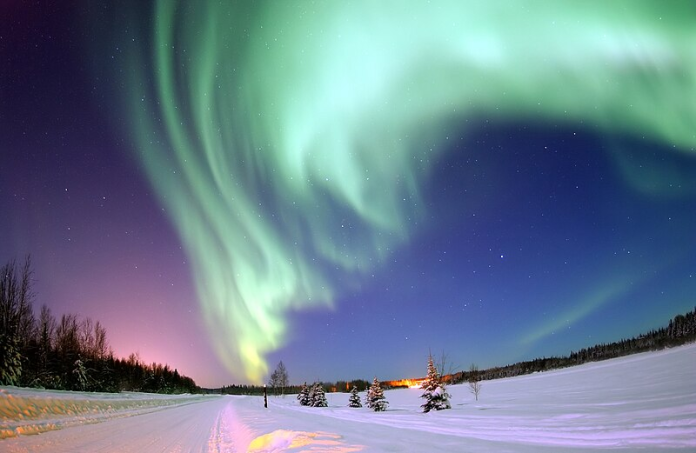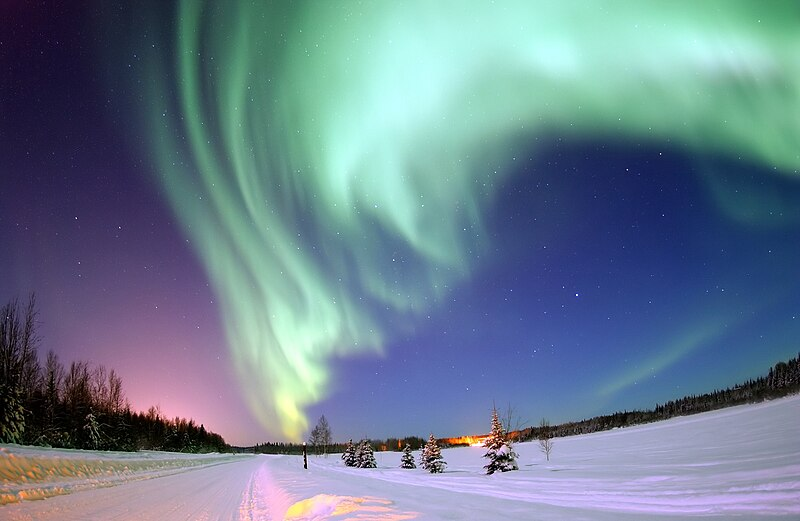
May a holiday weekend be front-row seating for one of nature’s most spectacular shows? On Labor Day, a rare alignment of solar activity will place the northern lights within sight far beyond their normal boundaries and for millions of Americans, the moment may be hours away. At the heart of the forecast is an intense solar storm fueled by a sun eruption that scientists believe can hit Earth late Sept. 1 and run to September 3.
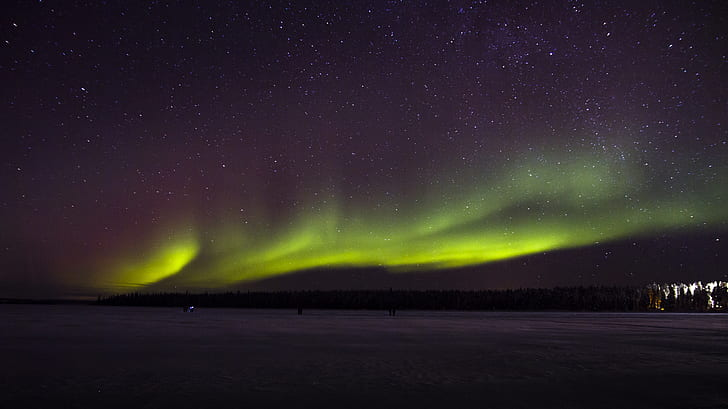
Different from normal space weather, this one possesses the characteristics of a “cannibal CME,” a phenomenon that will charge auroral activity and give it its greatest reach. For stargazers across 18 U.S. states, the nights to come may give them a once-in-a-lifetime experience. This is what’s driving this event, where it can be seen, and why scientists are so strongly obsessed with it.
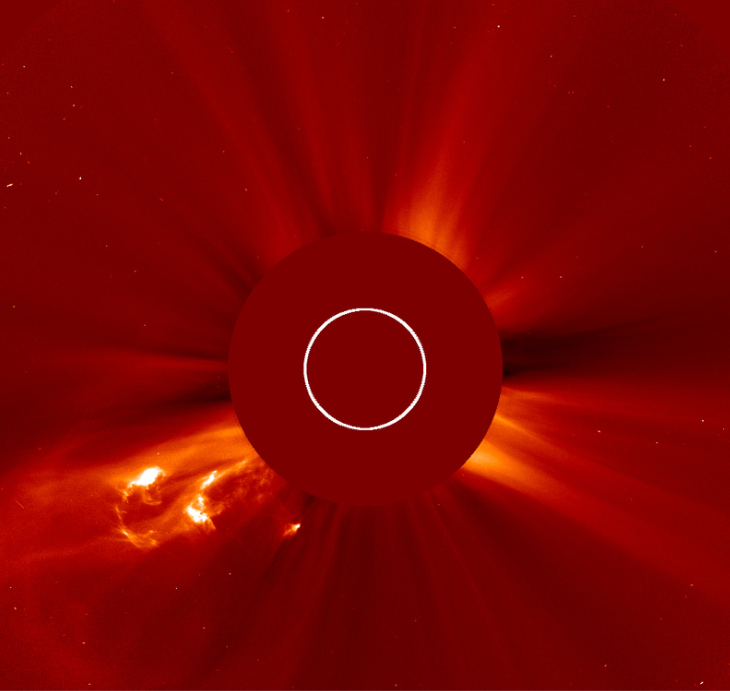
1. The Solar Eruption Behind the Event
August 30 saw a prolonged-duration M2.7-class flare burst out of sunspot AR 4199, launching an powerful coronal mass ejection (CME) in the direction of Earth. CMEs are massive clouds of charged particles and magnetic fields ejected from the outer layer of the sun. When they collide with the magnetic field of Earth, they have the potential to create geomagnetic storms disturbances that accelerate particles in the upper atmosphere, creating the glowing curtains of light called auroras.
The NOAA Space Weather Prediction Center (SWPC) predicts this CME to come in the night of September 1 at the beginning of September 2 (UTC), with initial G2 (moderate) storming reaching G3 (strong) as the entire body transits. This kind of energy can send auroras hundreds of miles south of the usual, so millions who don’t usually get to see them do.
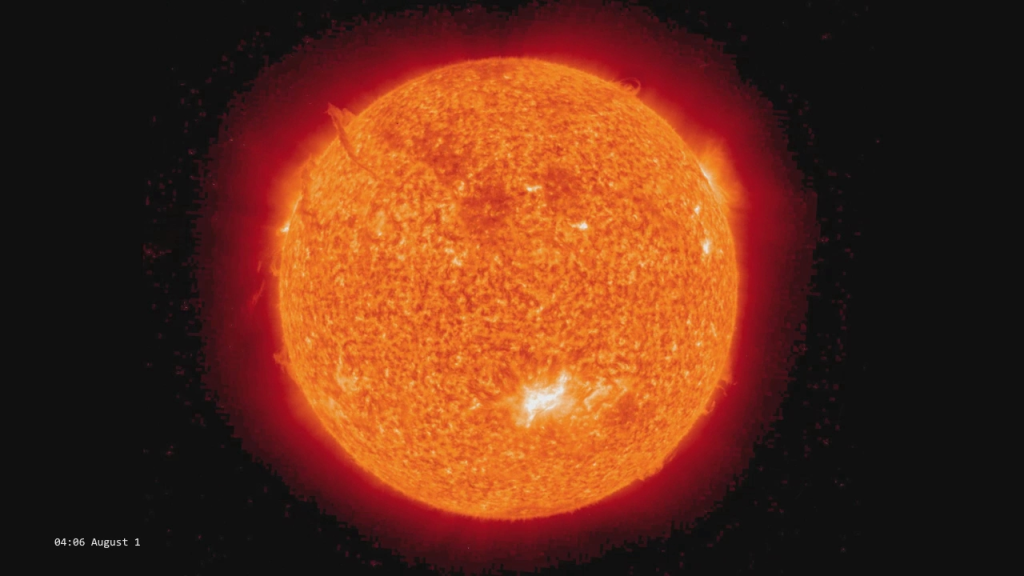
2. A Possible ‘Cannibal CME’
Space weather specialist Dr. Tamitha Skov has reported a strange situation two Earth-directed CMEs are potentially in play. Her explanation on X is that “the bigger one overtakes the smaller one in front of Earth,” which could cause a lead-in disturbance before the full impact. This “overtaking” is referred to as a “cannibal CME” and can greatly intensify geomagnetic impacts.
If confirmed, this interaction may cause a more violent onset and a more intense, longer duration auroral display. Cannibal CMEs are uncommon, and when they do happen, can compress and strengthen the involved magnetic fields, leading to more spectacular auroras at lower latitudes.
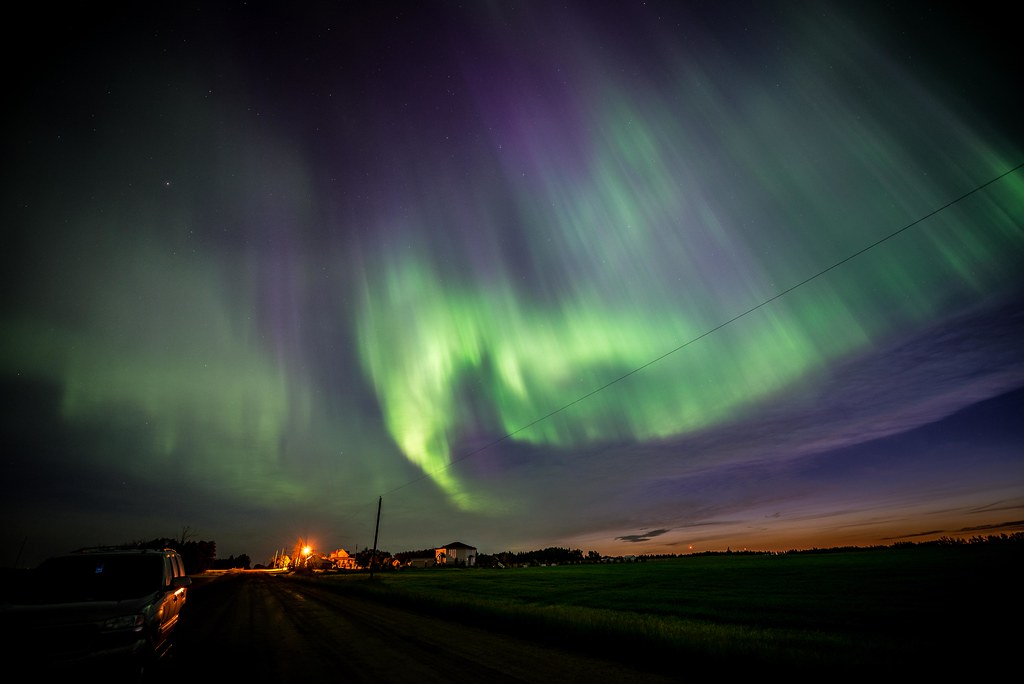
3. Peak Viewing Times and Dates
As forecast by NOAA’s Kp index, geomagnetic activity will increase to Kp 6.67 solidly into G3 storm level between 06:00 and 09:00 UTC (2 a.m. and 5 a.m. EDT) on September 2. This puts the evening of September 1 to the early morning of September 2 as the best observing window.
Increased activity can carry on into the evening of September 2–3, providing a second chance for those who were obscured out or who were not able to see at best. The UK Met Office states that the waxing gibbous moon will make things less visible in parts of the sky, so the dark skies will be essential.
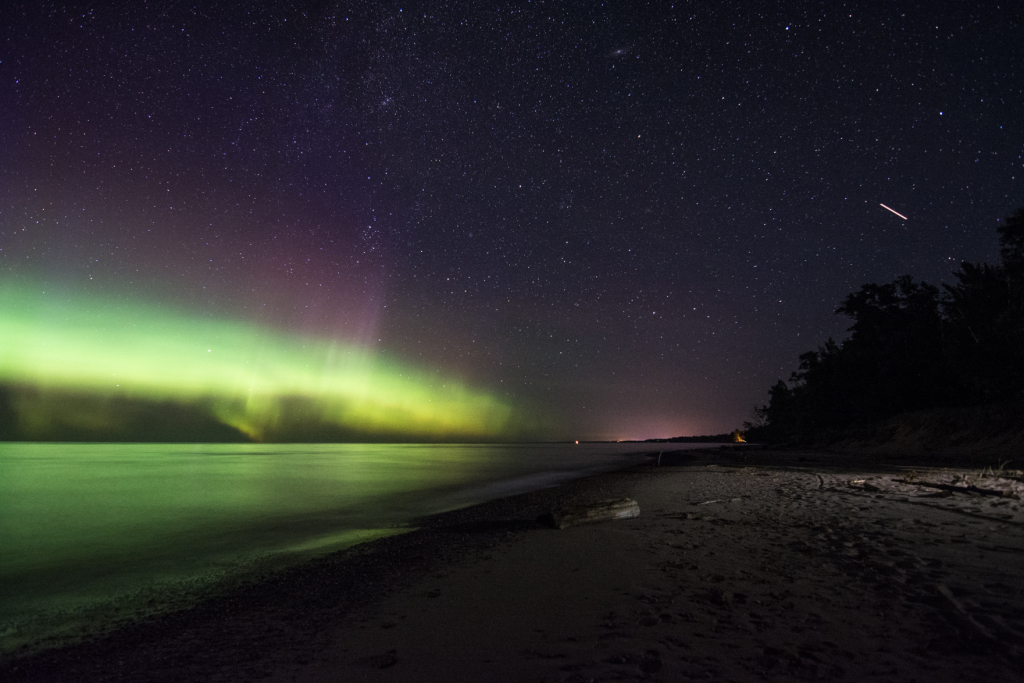
4. Where in the U.S. the Lights Will Appear
NOAA’s newest aurora forecast map positions 18 U.S. states completely or partially north of the aurora view line. They are Alaska, Montana, North Dakota, Minnesota, Wisconsin, Michigan, Maine, South Dakota, Vermont, New Hampshire, Idaho, Washington, Oregon, New York, Wyoming, Iowa, Nebraska, and Illinois.
Auroras in extremely active G3 storms can reach into mid-latitudes, so Oregon, Illinois, and New York might have views above, not merely dim glows on the horizon. The distance will vary based on storm intensity, local weather conditions, and light pollution.
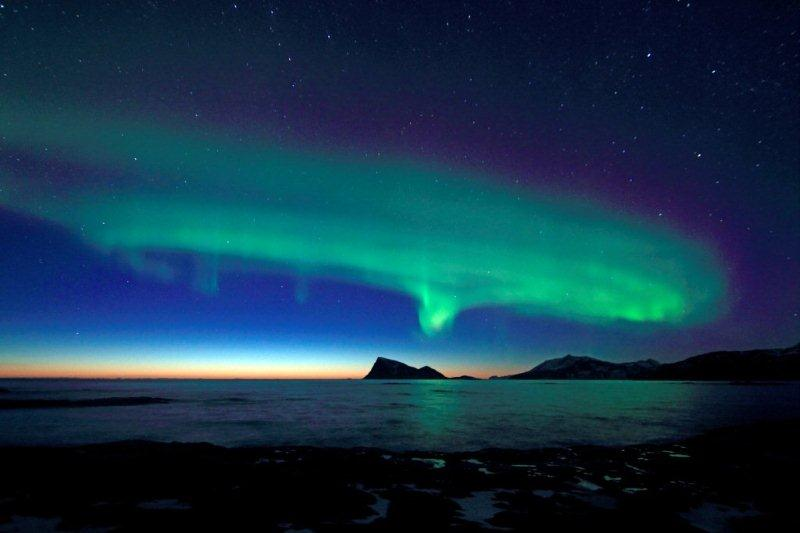
5. How to Maximize Your Chances of Seeing the Aurora
Even in the predicted location, circumstances on the ground count. Clear atmosphere, low light pollution, and a northward orientation are necessary. Experts suggest driving to a dark site beyond city lights, looking at the sky from sunset onwards, and being patient auroras come in waves.
Cell phones may be useful. Apps such as “My Aurora Forecast & Alerts” and “Space Weather Live” give minute-by-minute data specific to an individual’s location, so the chances of witnessing transient displays are enhanced.
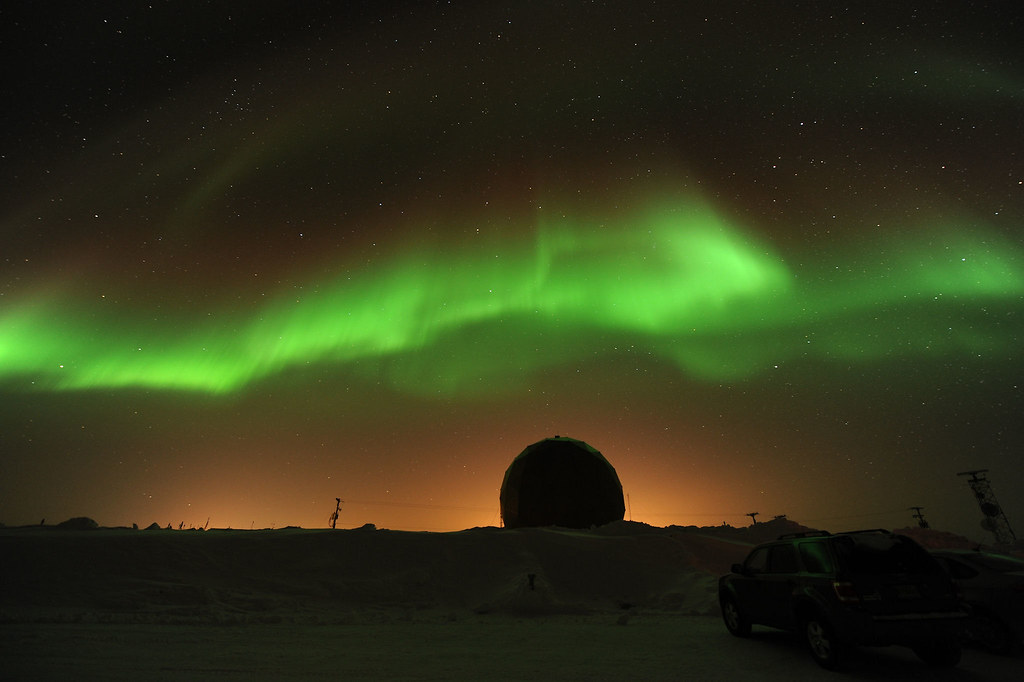
6. The Science and Scale of G3 Storms
NOAA classifies geomagnetic storms as G1 (minor) through G5 (major). G3 storms can make auroras extend to latitudes as low as 50° geomagnetic latitude, the northern U.S. In addition, it induces transient radio interference and small power grid variations.
Although G3 storms are not uncommon, their power to create auroras on a large scale makes them a sight to behold by observers. With the added potential for a cannibal CME, the event would be more than a typical G3.
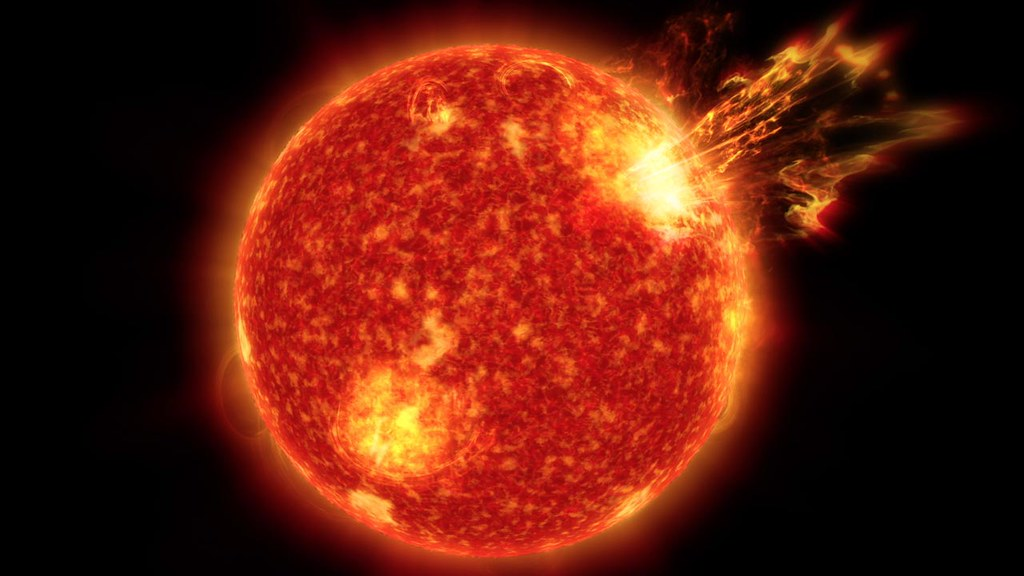
7. Broader Impacts of Solar Storms
Aside from their visual impact, solar storms also impact technology. High-energy particles tend to disrupt satellites, GPS navigation, and high-frequency radio communications. During more intense events, they can create currents in power cables, resulting in voltage instability.
This storm will not arrive in the most virulent G5 form but is vigorous enough to remind scientists and operators of existing systems of the ability of the sun to cause trouble in today’s systems. Such events need to be accompanied by observation for both scientific insight and planning purposes.
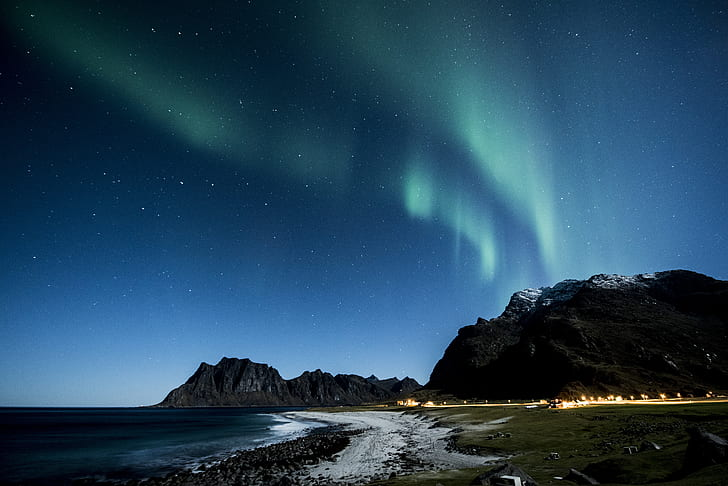
To amateur astronomers and backyard observers everywhere, the nights ahead may provide a once-in-a-long-time glimpse. Whether or not the auroras have penetrated deep into the central U.S. or are limited to the northernmost fringe, the union of intense geomagnetic storm with potential cannibal CME makes this Labor Day’s space weather one for the books. Anyone who has a cloudless horizon and a view to the north can expect not only a show, but a harsh reminder of the dynamic forces that connect Earth to its star.
